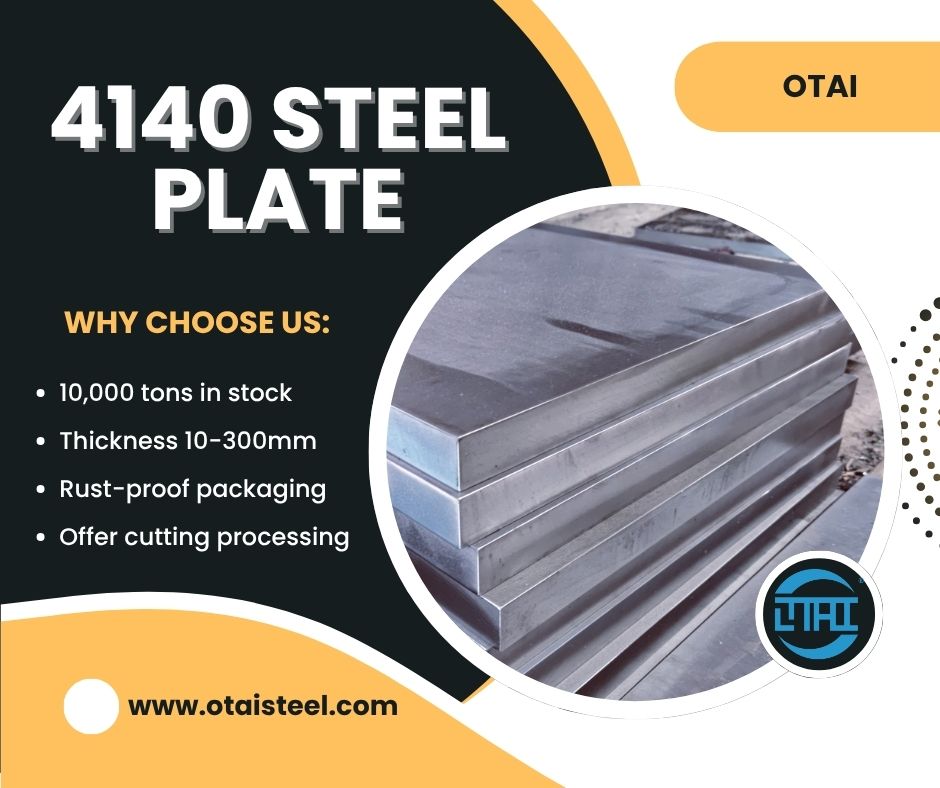 4140 Steel Hardening: Key Properties and Uses
4140 Steel Hardening: Key Properties and Uses
4140 pre-hardened steel plate is a specialized type of steel that has undergone pre-hardening heat treatment to enhance its mechanical properties. This treatment involves heating the steel to a specific temperature and then cooling it rapidly. The result is a steel plate that possesses a balanced combination of hardness, strength, and toughness.
Composition and Properties
This steel plate is primarily composed of iron, with significant amounts of chromium, molybdenum, and carbon. The addition of chromium and molybdenum contributes to the plate’s excellent strength and wear resistance, while carbon enhances its hardenability. These properties make 4140 steel plate suitable for applications requiring high mechanical performance.
Heat Treatment Process
The heat treatment process for 4140 pre-hardened steel plate involves quenching and tempering. Quenching involves rapidly cooling the heated plate in a specialized medium to achieve the desired hardness. Tempering follows, which reduces the brittleness caused by quenching and enhances toughness and ductility.
Advantages of 4140 Pre-Hardened Steel Plate
- Superior Strength: The pre-hardening process imparts exceptional strength, allowing the plate to withstand heavy loads and high-stress conditions.
- Wear Resistance: Thanks to its composition, this steel plate exhibits remarkable resistance to wear, making it ideal for applications involving abrasive environments.
- Dimensional Stability: 4140 steel plate maintains its shape and dimensions even under extreme temperature fluctuations, ensuring consistent performance.
- Machinability: Despite its hardness, this steel plate offers good machinability, allowing for efficient shaping and forming processes.
Common Applications
The versatility of 4140 pre-hardened steel plate makes it indispensable across various industries, including:
- Tool and Die Making: The plate’s exceptional hardness and wear resistance make it a preferred choice for tool and die manufacturing.
- Automotive Components: Components subjected to high stress, such as gears, shafts, and couplings, benefit from the plate’s strength and durability.
- Aerospace Industry: 4140 steel plate finds applications in aerospace components due to its ability to withstand extreme conditions.
- Oil and Gas Sector: Parts used in drilling and exploration equipment require materials like 4140 steel plate for their durability.
Machinability and Weldability
Contrary to what one might expect from a hardened steel, 4140 steel plate offers reasonable machinability. It can be drilled, turned, and milled with appropriate tooling. However, caution is required to prevent excessive tool wear due to its hardness. Welding is possible but requires preheating and post-weld heat treatment to avoid cracking.
Factors to Consider When Using 4140 Pre-Hardened Steel Plate
- Design Considerations: Proper design is crucial to maximize the benefits of 4140 steel plate. Consider factors such as stress concentration and load distribution.
- Heat Treatment: While the plate is pre-hardened, additional heat treatment might be necessary based on specific application requirements.
- Corrosion Protection: Apply appropriate coatings or treatments to prevent corrosion, especially in environments with high moisture or chemical exposure.
How to Source 4140 Pre-Hardened Steel Plate
Sourcing high-quality 4140 steel plate involves identifying reputable suppliers known for their adherence to quality standards. Consider factors such as certifications, material testing, and customer reviews.
Future Innovations and Trends
As technology advances, the steel industry continues to explore innovative ways to enhance the properties of materials like 4140 pre-hardened steel plate. This could lead to even higher-performing variants with improved characteristics.
Comparing 4140 Pre-Hardened Steel Plate with Other Materials
In comparison to other materials like regular steel, aluminum, and titanium, 4140 steel plate offers a unique combination of strength, hardness, and durability, making it a preferred choice for specific applications.
Addressing Misconceptions
There might be misconceptions regarding the difficulty of working with hardened steel. While challenges exist, proper tools and techniques make machining and fabrication achievable.
4140 pre-hardened steel plate stands as a testament to the innovative strides taken in metallurgy. Its unique properties and applications make it an invaluable asset across diverse industries. Whether it’s toolmaking, aerospace, or automotive, this steel plate’s exceptional strength, wear resistance, and machinability continue to shape our world.
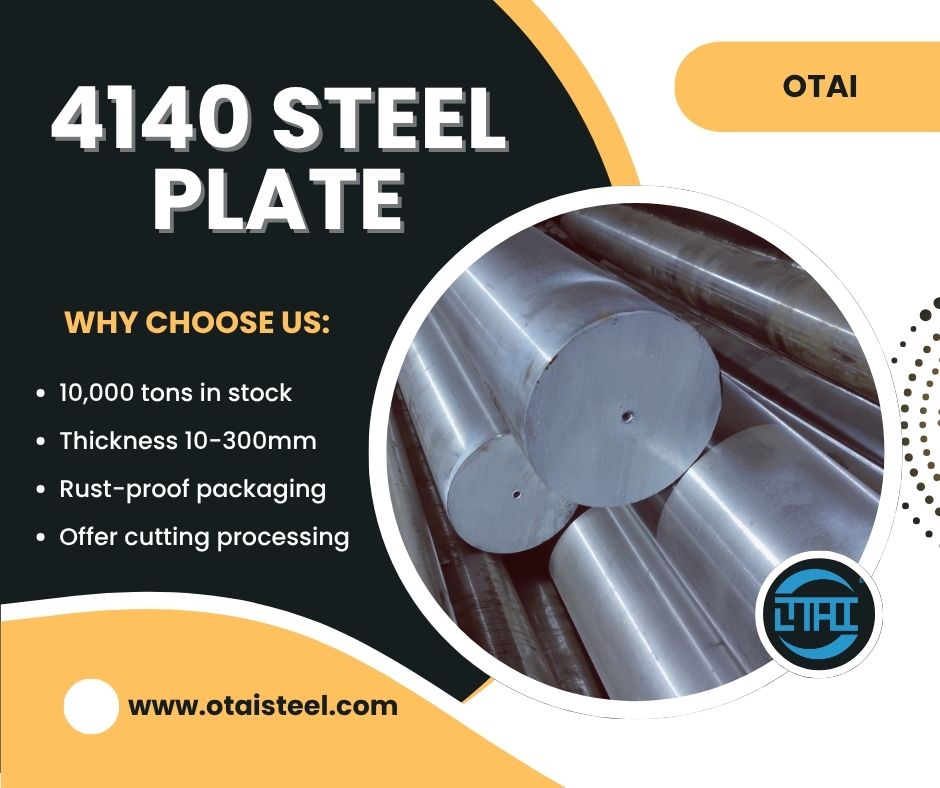 Expertise in 4140 Steel Welding: Techniques, Challenges, and Solutions
Expertise in 4140 Steel Welding: Techniques, Challenges, and Solutions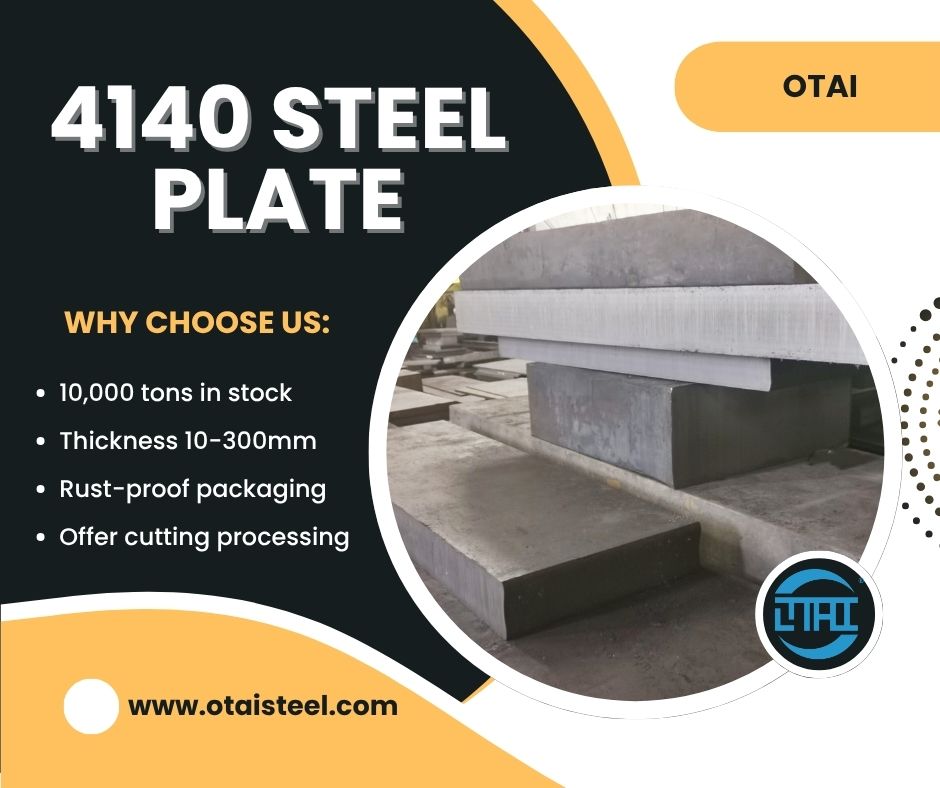 4140 Steel Uses: Strength in Every Sector
4140 Steel Uses: Strength in Every Sector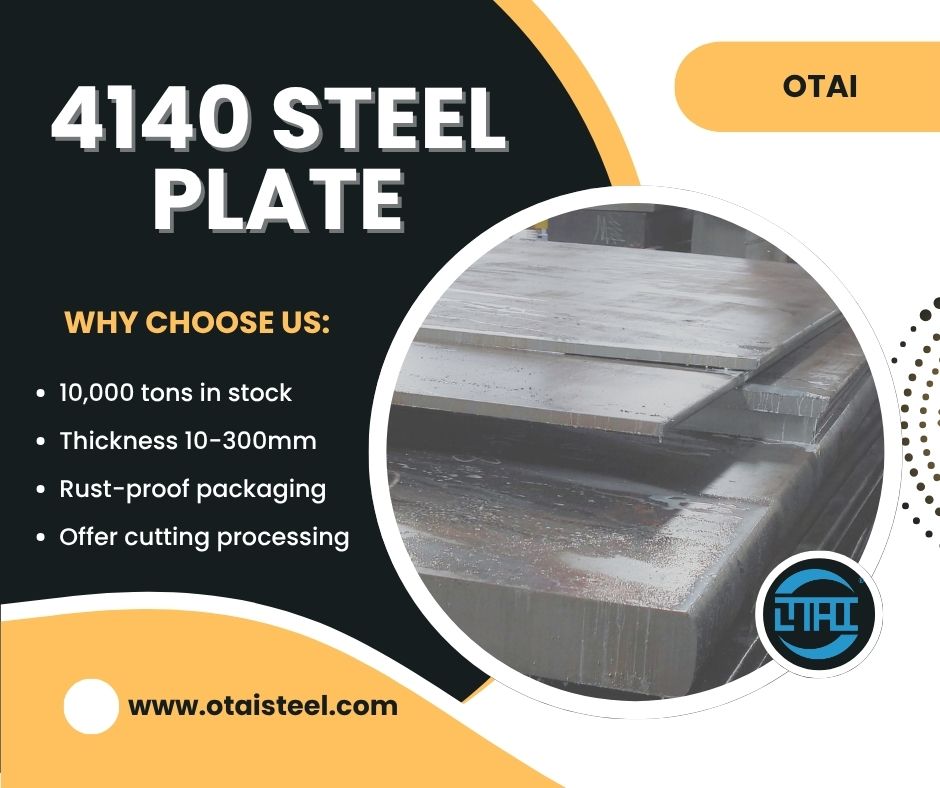 4140 Steel Elements: Guide to Alloy 4140 Composition
4140 Steel Elements: Guide to Alloy 4140 Composition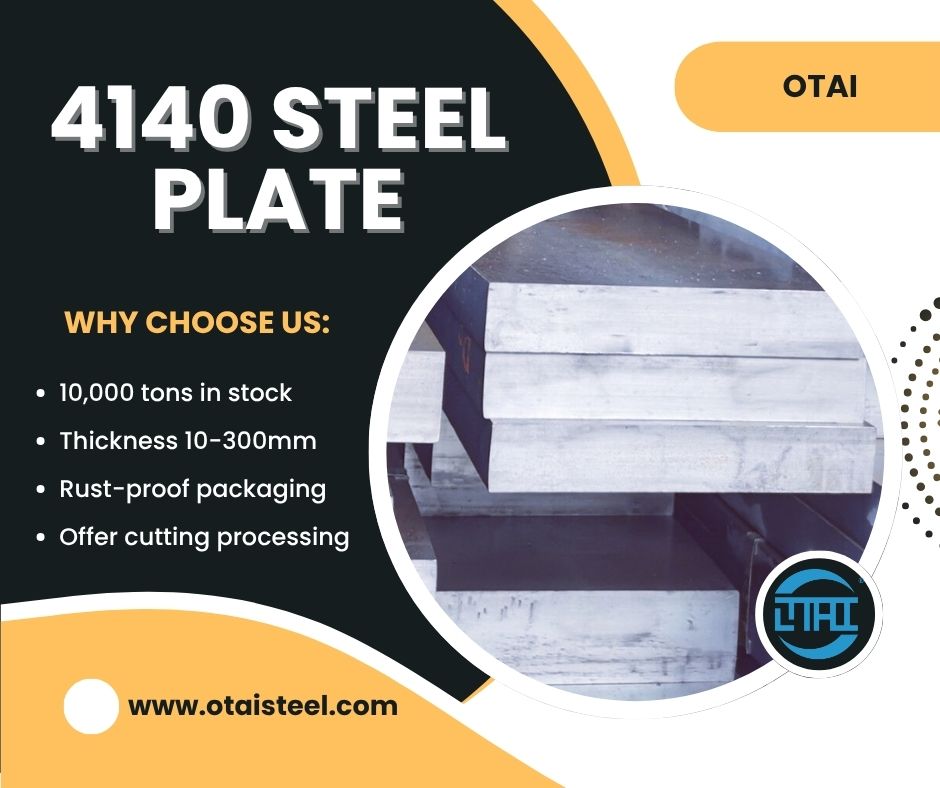 Forging 4140 Steel: Transforming Low-Alloy Steel into Engineering Marvels
Forging 4140 Steel: Transforming Low-Alloy Steel into Engineering Marvels Understanding 4140 Steel Corrosion Resistance: Tips and Solutions for Rust Prevention
Understanding 4140 Steel Corrosion Resistance: Tips and Solutions for Rust Prevention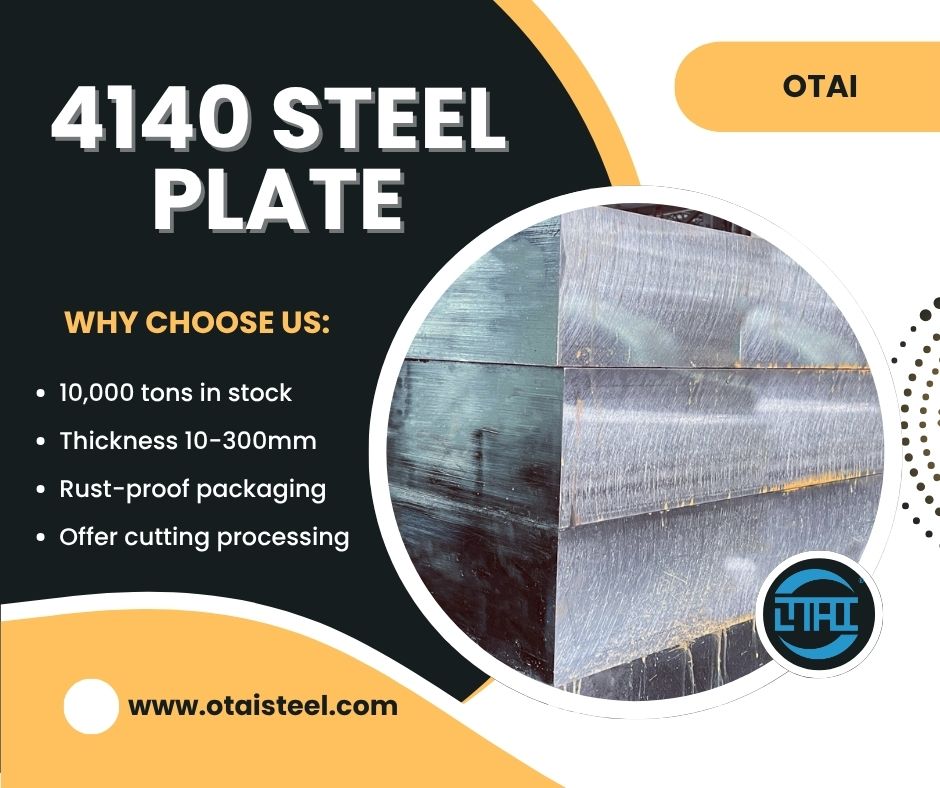 4140 Steel Bar Sizes: A Detailed Look at Standard and Custom Options
4140 Steel Bar Sizes: A Detailed Look at Standard and Custom Options 4140 Steel Block: Weight Calculation and Industry Benefits
4140 Steel Block: Weight Calculation and Industry Benefits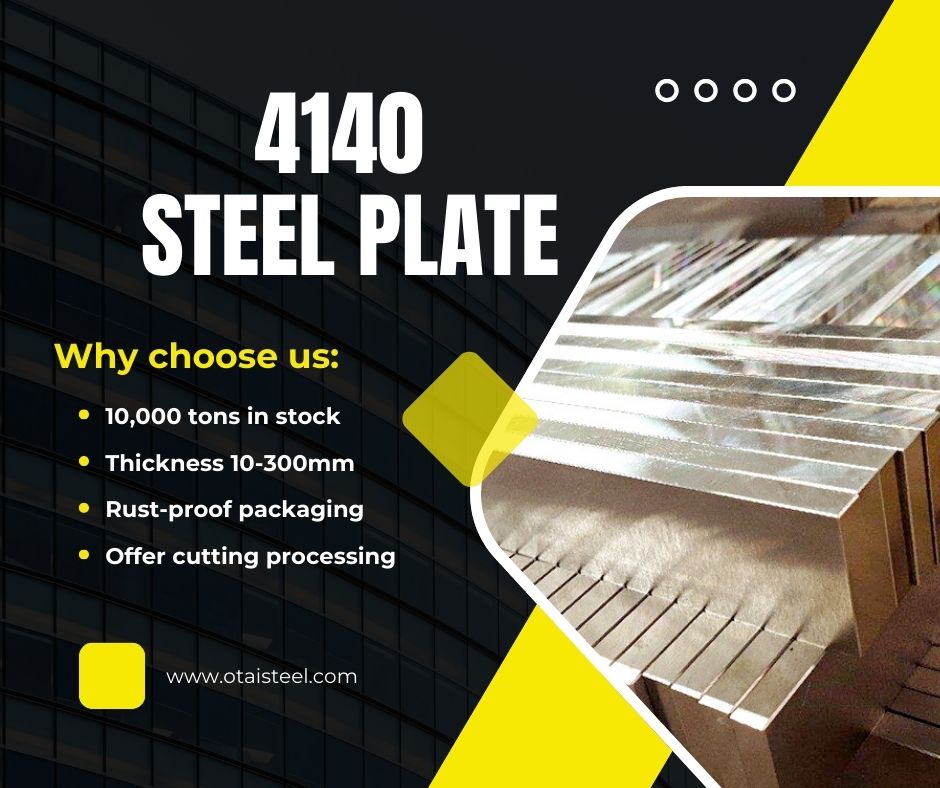 Precision Welding of 4140 Steel: The Key to High-Quality Results
Precision Welding of 4140 Steel: The Key to High-Quality Results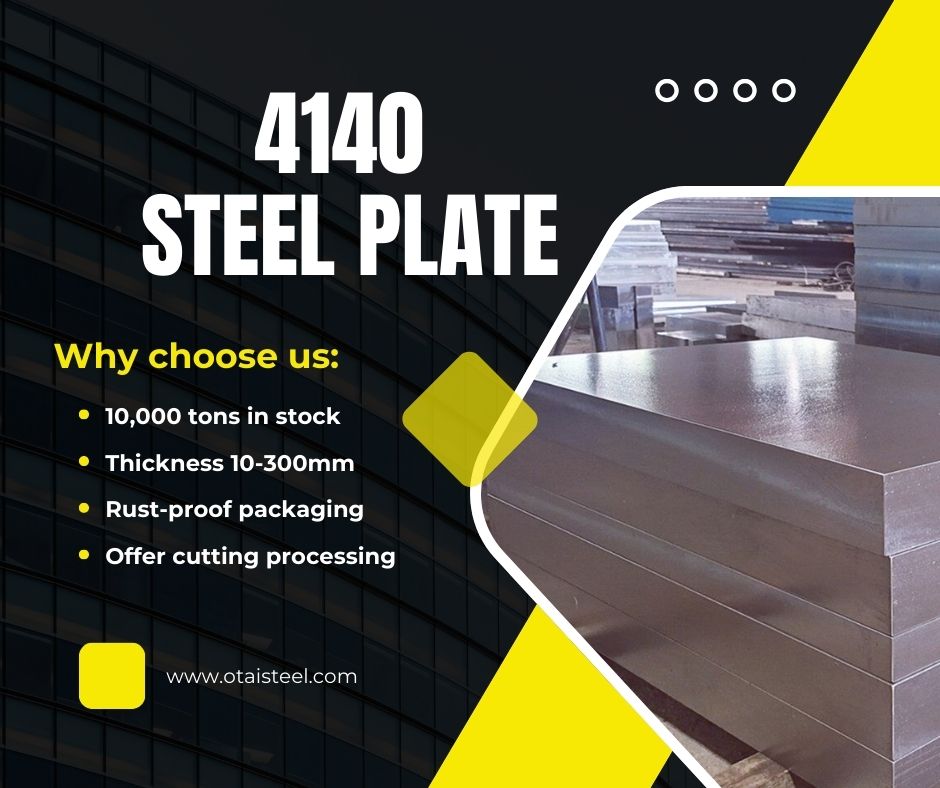 4140 Steel Applications: From Automotive to Agriculture
4140 Steel Applications: From Automotive to Agriculture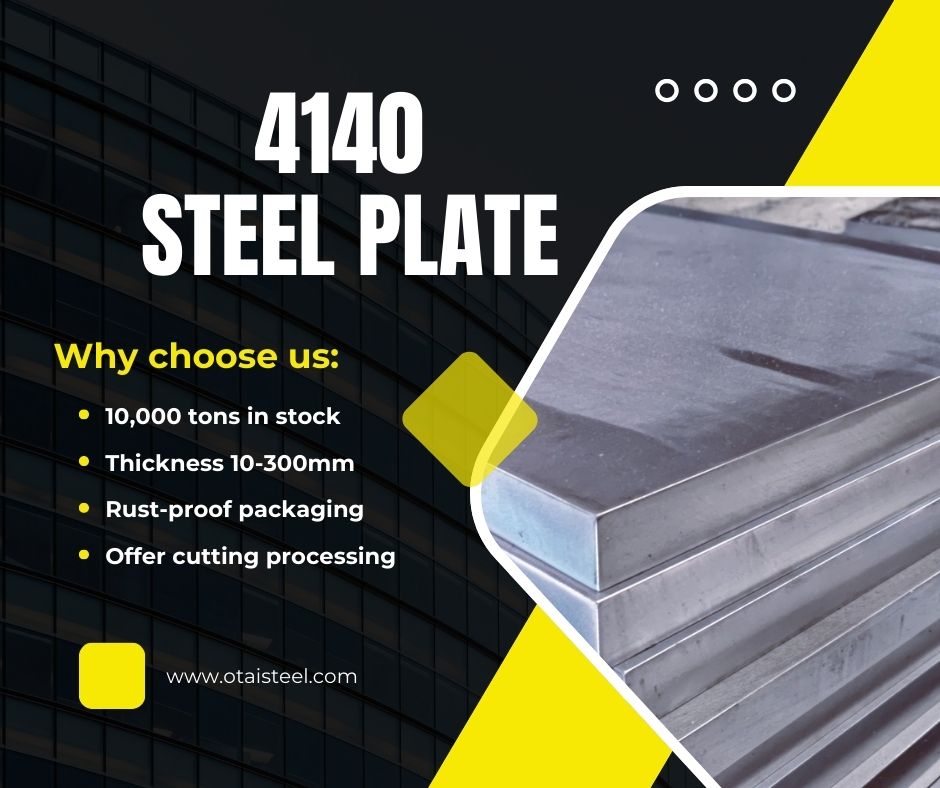 Annealed 4140 Steel Properties: Hardness & Strength
Annealed 4140 Steel Properties: Hardness & Strength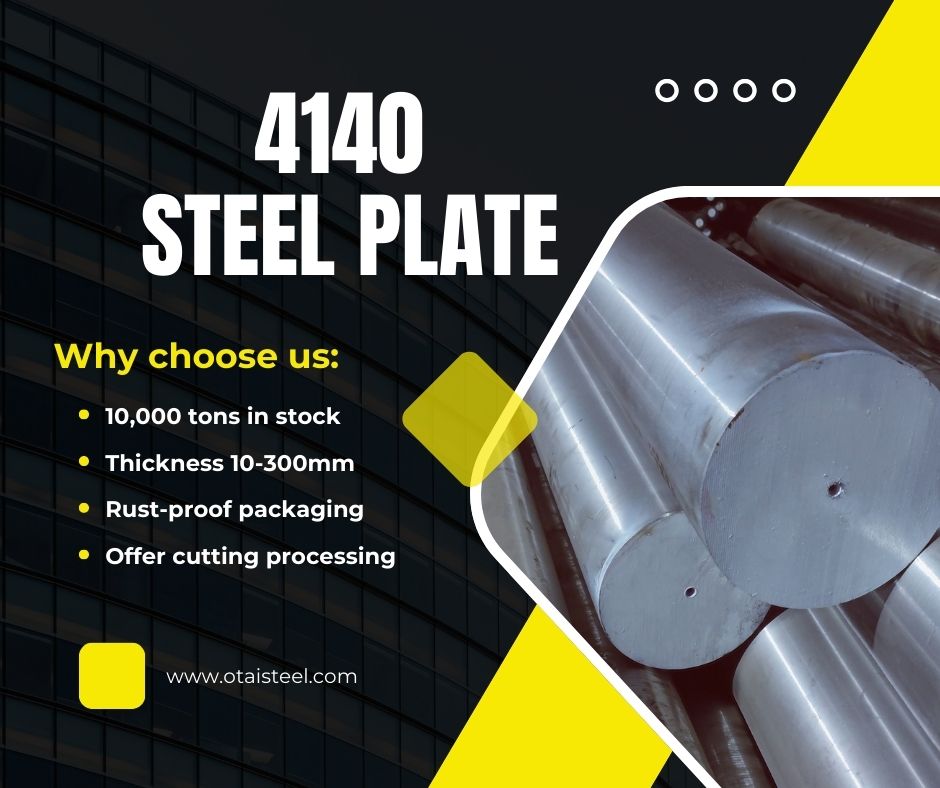 4140 Steel Cost: Understanding Market Influences
4140 Steel Cost: Understanding Market Influences